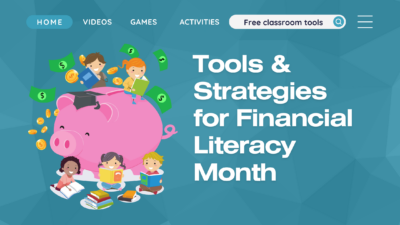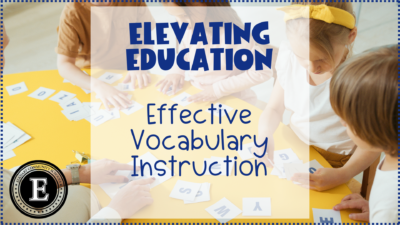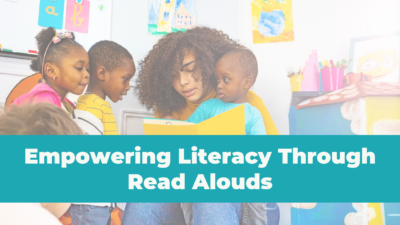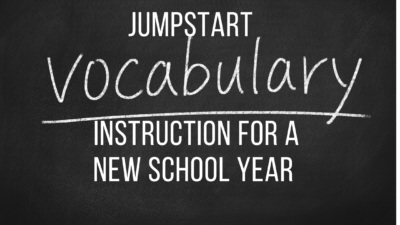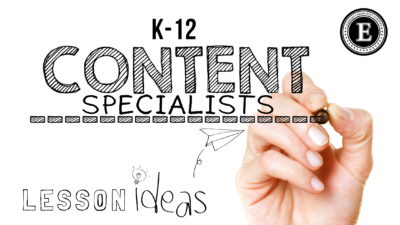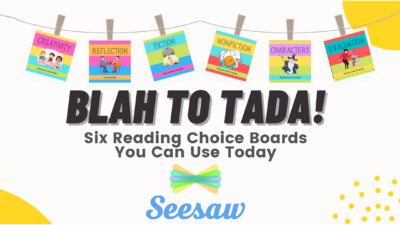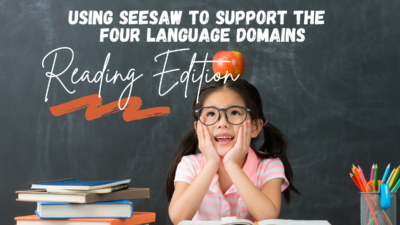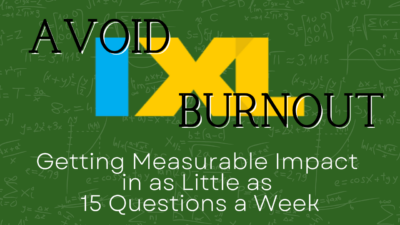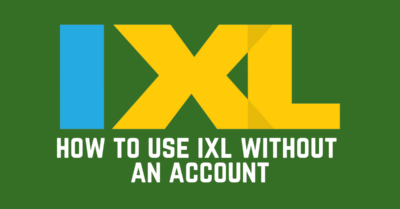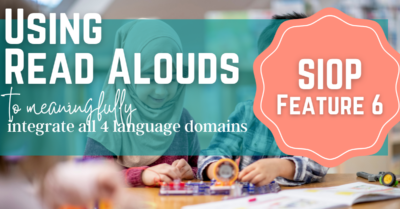Content Area
Empowering Financial Literacy: Tools and Strategies for Every Classroom
Every April is Financial Literacy Month, raising awareness of how important it is to achieve financial literacy and maintain smart money management habits. Learning this early can really ignite today’s generation into future financial savvy adults. EVERFI One of my favorite go-to places for financial literacy is Everfi.com. Everfi is not only free for teachers and K-12 students, but they also offer professional learning resources for teachers and will meet with you one-on-one on how Everfi can best fit into your classroom. In Elkhart, we have Everfi rostered through Clever, so signing in is a breeze. I especially like the...
Enhance Whole-Class Instruction with an IXL Group Jam
If you are looking for how to utilize IXL in whole-group learning, a Group Jam is what you want! Picture the perfect blend of IXL and Kahoot. IXL Group Jam introduces an exhilarating approach for classrooms to collaborate on mastering an IXL skill! In a Group Jam session, every student encounters the same IXL question simultaneously, and you’ll have a chance to review the question together as a class. You can choose the difficulty, or level, of each question. Throughout an IXL Group Jam, educators can promptly assess their entire class’s grasp of the subject matter, empowering them to make...
Elevating Education: Effective Vocabulary Instruction
Let’s delve into a topic that lies at the heart of effective teaching: vocabulary instruction. We all understand its importance—it’s essential for comprehension, expression, and critical thinking. But how do we ensure our instruction isn’t just about exposure but truly facilitates understanding and retention? In this post, we’re taking a deep dive into the art and science of vocabulary teaching. We’ll explore evidence-based strategies, practical methodologies, and insights to enhance your instructional practices. Why Vocabulary Instruction? Teaching vocabulary is essential for fostering academic success and narrowing the pervasive vocabulary gap observed among students. Research indicates stark differences in vocabulary knowledge...
Empowering Literacy Through Read Alouds
If you are connected anywhere to early literacy education right now, I am sure you are aware of the national conversation around aligning current practice to the science of reading. But what is the science of reading and how can it make our students better readers? I am by no means an expert, but have picked up some helpful resources along my learning journey to hopefully help you with the shift you are making in your classroom when you read aloud to students. Reading for Understanding One main aspect behind the science of reading is the idea that reading comprehension...
Jumpstart Vocabulary Instruction for a New School Year
Language proficiency lies at the heart of effective communication and academic success, and educators are constantly seeking innovative ways to enhance students’ language skills. Understanding the significance of engaging with new words across all four language domains – reading, writing, speaking, and listening – has been a cornerstone of language instruction, as highlighted in SIOP training. In this article, we explore how Seesaw templates leverage Seesaw’s new frames to empower students to respond using all language domains, fostering comprehensive language development. Additionally, we delve into two exciting techniques to gamify vocabulary acquisition and deepen word understanding through word webs. Join...
A Taste of DOT: Blog Posts from ECS Content Specialists
Our Content Specialists have created blog posts. Below is a short “tasting” of each blog article and you can click to read more! Enjoy the tasting. Elementary K-6 Closing the Gap: Reading Strategies for ALL Students | Anita Pratt The Science of Reading is gaining recognition and support from more and more educators across the country. Research is suggesting that our brains are not wired to learn to read the same way we learn to talk. We learn to talk by listening to others and following their lead, but reading has to be explicitly taught. Phonics has to be systematically...
Reading Response Choice Boards in Seesaw
Are you looking for new ways to reach students, especially those fast finishers / high-performers? Do you need ways to differentiate tasks without requiring a ton of extra time? Maybe you need something for your students to work on that is meaningful and not just a time-filler? Why not use a choice board! Choice boards allow students to make choices in their learning, which amps up motivation and engagement. When students are given a menu of options, they feel more in charge of their learning and often put forth more effort. As a teacher, I also like how I can...
Using Seesaw to Support the Four Language Domains: Writing Edition
Seesaw is an amazing place to include student writing. When thinking about writing lessons, we need to keep in mind that writing involves not only putting thoughts and ideas into words in written form, but also knowing & using the appropriate vocabulary, spelling, and grammar to convey meaning, knowing and using the appropriate form for the type of writing, and the difference between formal and informal writing. It also includes the skills of revising, editing, and publishing.
Using Seesaw to Support the Four Language Domains: Reading Edition
The language domains, listening, speaking, reading, and writing, are the 4 ways that people can interact with language. Two of these skills, speaking and writing, are described as productive skills as we create language with each of these. The other two skills, listening and reading, are receptive skills because we use these skills to receive information from an outside source. In this post, we will focus on ways that you can practice the language domain of reading by using Seesaw.
Avoid IXL Burnout: Getting Measurable Impact in as Little as 15 Questions a Week
Are you looking to make the most of IXL? In the post below, we’ll talk about the IXL Effect and how to ensure you are making the most of IXL in the classroom. A bit of heavy reading behind the “IXL Effect” The IXL Effect is a well-known phrase in the IXL community that refers to the impact that IXL can make on student proficiency, specifically when comparing schools that use IXL to those that do not use IXL. IXL conducted research that explored IXL usage across the entire state of Indiana. By examining a large number of schools, they...
How to Use IXL Without an Account
Even without an IXL paid account, you can still support students while they’re using IXL. Use the resources below and make sure to check out the videos linked at the bottom of the page!
Using Read Alouds to Meaningfully Integrate All 4 Language Domains
Earlier this week I stumbled upon a podcast called Equipping ELL’s with Beth Vaucher. One episode that really caught my attention was “4 Ways to Easily Cover All 4 Domains Through a Read Aloud”. Beth walks through how to actively engage your students in all four of the language domains using just one read aloud. This post is based on the ideas that she shared in her podcast. Check out this episode, below! Why Use Read Alouds There are many evidence-based benefits of reading aloud to students. Reading aloud creates a classroom community by establishing a text known by the entire...
Bringing High-level Content to Lower Readability Levels
Ensuring all students are successful at learning content in your classroom starts with lesson preparation. The SIOP component of Lesson Preparation sets the tone for the entire SIOP framework. In this blog post, we will highlight two features of lesson preparation: choosing appropriate content concepts for both age and educational backgrounds and adapting content to all levels of student proficiency, and look at how these two features work hand in hand and when planned for effectively, can change the trajectory of your classroom. In specific, we will focus on different methods you can use to adapt texts so that you...
